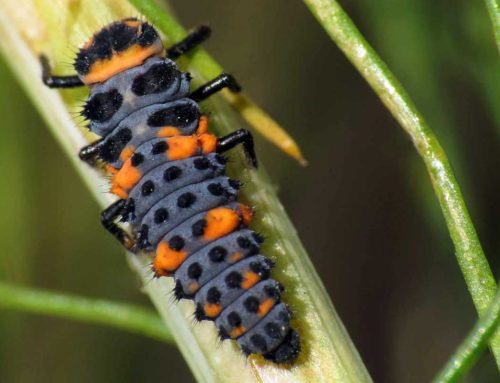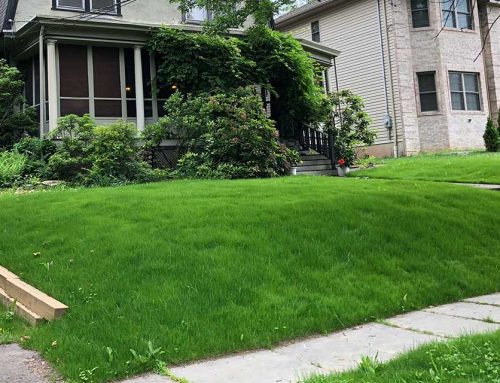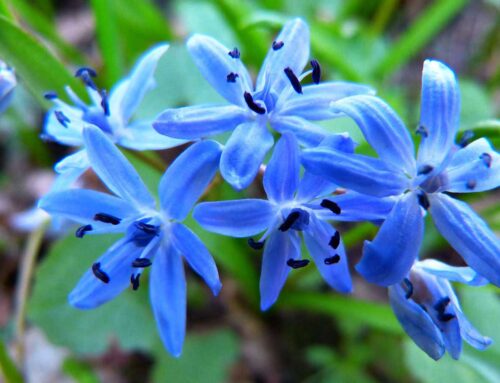Climbing Rose Care
Sustainable LandCare | Estate Management
“Chances are, you have never thought of your garden, indeed of all of the space on your property, as a wildlife preserve that represents the last opportunity we have for sustaining plants and animals that were once common throughout the U.S.”
As part of our organic landcare services, we offer estate property management and maintenance services related to lawn, turf, and landscape. We work with clients to oversee all aspects of their lawn and landscape care throughout the year. From planning, lawn maintenance and trimming, seasonal maintenance, redesign, and systems updating, no rock is left unturned, and clients are reassured that their landscapes will thrive and provide value for years to come.
The following is an example of Climbing Rose Care and proper pruning techniques and practices. These climbing roses have been pruned, shaped, and maintained for 6 straight years now and the images show their growth on the trellises.
Pruning is about more than just looks; proper pruning improves the health of the plants, prevents disease, and encourages better flowering. There are different pruning strategies for different times of the year, but overall the goals are the same – to control shape, to keep the bushes fresh and open, and to allow for better air circulation through the center of the plants.


First off you don’t want your plant canes growing in all different directions. They need to be pruned and tied into a proper growth configuration. Main canes on a climbing rose are the ones that grow from the base of the plant. These canes form the structure. Laterals are the “side-shoots” that come off the main canes – they bear the flowers. On established plants, the basics are always the same – prune dead, damaged, and overcrowded canes. Prune the flowering side shoots to two to three buds above the structural canes during the dormant season. Prune canes back by one-third to one-half to promote branching and to keep your rambler tidy.
There are climbing roses available in all the popular rose categories – hybrid tea roses, bourbons and English roses. Choose from double or single flowers, thornless or scented – the rose will live for decades so it’s worth getting it right. Climbers can be grown up house walls, along garden fences, over pergolas or up large obelisks. Nearly all climbing roses offer more than one flush of flowers. Flowers are larger than those of rambling roses.
Climbing roses are the perfect plants to add height to a garden. The choice is huge, so take time to find the right climbing plant for you and your garden.
Grow climbing roses in moist but well-drained, fertile soil, in full sun to partial shade. Tie stems into a loose framework to maximise flowering potential. Feed plants in spring with a balanced fertiliser. In autumn, clear up fallen leaves to prevent the spread of fungal infections such as rust and blackspot, then mulch the soil with well-rotted manure, leaf mould or compost. Prune annually in winter.
At Lincoln Landscaping cultivating the environment is our life and livelihood. It is our number one goal to help our clients create and maintain beautiful landscapes while reducing the impact on the environment. Whether you are interested in a pollinator landscape garden design and build or other landscaping or property management project; we can create for you an environmentally friendly, organic and beautiful property.
Lincoln Landscaping “The Natural Choice”
Mike Kolenut President & CEO
https://lincolnlandscapinginc.com
(201) 848-9699







